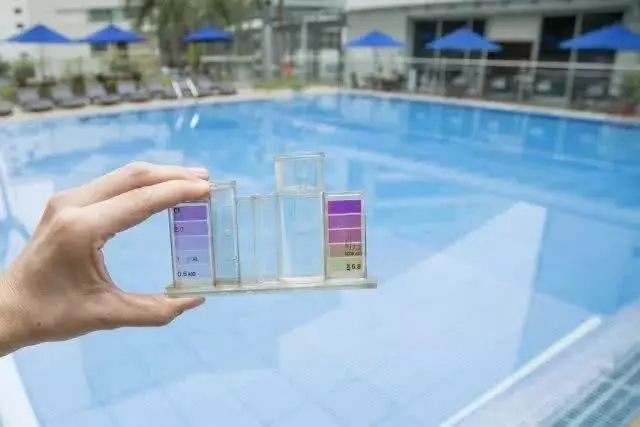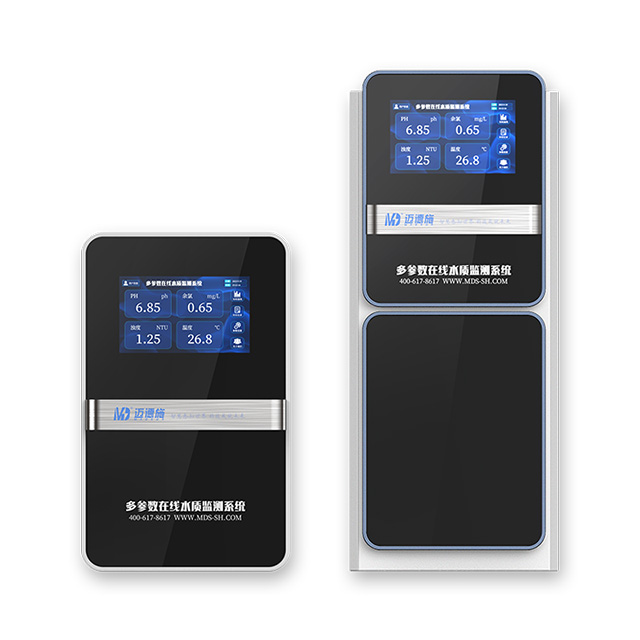The Dilemma of Water Park Disinfection: Manual Chlorine Testing vs. Online Residual Chlorine Detector, Who Can Withstand the Peak Season Passenger Flow Impact?
In the scorching summer, water parks have become a great place for people to cool off and have fun. However, can you imagine that behind the lively scenes in water parks, there might be a health crisis caused by inadequate disinfection? What exactly is going on? Let the chlorine sensor Manufacturer, Maideshi Residual Chlorine Water Quality Monitor Manufacturer, explain it in detail for you!

There was once a news report that during the peak season of a water park, due to a sudden drop in residual chlorine content, hundreds of tourists suffered from pink eye and had to go to the hospital. In this crisis, the traditional manual detection method showed a huge efficiency short - board. Manual detection is usually carried out every two hours. This means that within these two hours, the water quality may have changed significantly, but the problem cannot be detected in time. In contrast, the online residual chlorine detector is completely different. It can update data every second. It's like a "loyal guard" constantly keeping an eye on the water quality. Once the residual chlorine content is abnormal, it can immediately issue an alarm. In comparison, the traditional model is like a runaway horse at the peak of passenger flow, with a high risk of getting out of control.

The traditional disinfection management method has many fatal shortcomings. First, let's talk about manual detection. It largely relies on the experience of the staff to judge the water quality. Different staff may have different judgment standards, which easily leads to deviations in the detection results. Moreover, manual detection is prone to missed detection. After all, human energy is limited, and it's impossible to maintain high concentration all the time. In addition, after each drug injection, it takes 30 minutes to confirm the disinfection effect. This obviously cannot meet the timely disinfection needs during the peak passenger flow period.
Secondly, the fixed - dosage drug injection model cannot handle the fluctuations in passenger flow at all. Statistics show that the number of tourists in water parks on weekends and weekdays varies greatly, and the difference in the amount of chemicals used is often more than four times. On weekdays when there are fewer tourists, injecting drugs according to the fixed dosage will cause a waste of chemicals and increase the operating cost. On weekends when there are many tourists, if the drugs are still injected according to the fixed dosage, it is very likely that the disinfection will fail, and the health and safety of tourists cannot be guaranteed.
So, how does the online residual chlorine detector solve these problems?
1. Passenger Flow Linkage Mode

By connecting to the turnstile data, when the number of tourists exceeds the set threshold, the detector will automatically increase the detection frequency to once every five minutes and simultaneously increase the amount of drug injection. It's like having a pair of sharp eyes that can flexibly adjust the detection and disinfection strategies according to the change in the number of tourists, ensuring that the water quality always meets the safety standards.
2. Anti - interference Detection Technology
The pool water in water parks often contains organic substances such as urea and sunscreen, which can interfere with the residual chlorine detection. The detector uses optical electrodes and algorithm filtering technology, like wearing a pair of "anti - interference glasses" during the detection process, which can accurately detect the residual chlorine content and eliminate the influence of these organic substances.
3. Support for Remote Management via Mobile APP
Operators only need to open the APP on their mobile phones to view the residual chlorine curves of each pool in real - time. Once an abnormal situation occurs, the system will automatically push the alarm to the WeChat of the on - duty staff. This means that no matter where the operators are, they can always keep track of the water quality in the water park and make timely decisions.
During the peak season of water parks, facing the huge impact of passenger flow, the traditional manual chlorine testing method is obviously unable to cope. If you are also troubled by similar problems, welcome to consult Maideshi Residual Chlorine Water Quality Sensor Manufacturer at any time to build a solid defense line for the health and safety of tourists.
Previous: Say Goodbye to UV Interference! The “Sun - Protection Tech” of Online Residual Chlorine Detector: Prolonged Reagent Life + More Accurate Data!
Next: Chlorine Residual Out of Control in Summer?

